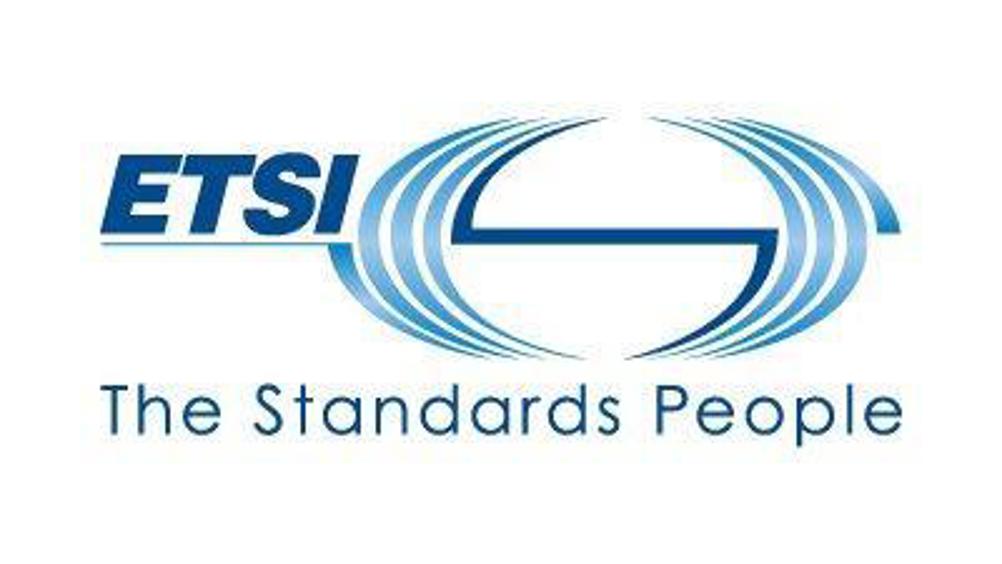According to the organisation, the report - ETSIGR RIS-001 – “identifies and defines relevant RIS use cases, with corresponding general key performance indicators. The report also describes deployment scenarios and potential requirements for each use case, with the latter being to “enable interoperability with existing and upcoming wireless technologies and networks.”
ETSI describes RIS as a new wireless technology intended to control radio signals between a transmitter and a receiver in a “dynamic and goal-oriented way.” Use cases in relation to the technology include enhancements to capacity, coverage, positioning, security, and sustainability. They also include support of “further sensing, wireless power transfer, and ambient backscattering capabilities.”
Attempting to describe the technology further, a spokesperson for the organisation said: “RIS corresponds to a planar surface composed of an arrangement of unit-cells, whose properties can be dynamically controlled to change its response in the electromagnetic domain.
“It can be controlled dynamically and/or semi-statically through control signalling such as to tune the incident wireless signals through reflection, refraction, focusing, collimation, modulation, absorption or any combination of these.”
The spokesperson continued: “RIS can be implemented using mostly passive components without requiring high-cost active components such as power amplifiers, resulting in low implementation cost and energy consumption. This allows flexible deployment, with the possibility of RIS taking any shape and to be integrated onto objects such as walls, and lamp posts."
Chair of the ETSI RIS group, Arman Shojaeifard, said: “5G-Advanced and 6G wireless networks - and many new applications, such as in eHealth - strongly impose requirements on both the communication and sensing performance. As an example [of how it can help], a RIS can reconfigure the radio environment to sense human posture and detect someone falling, a useful application for elderly care.”




